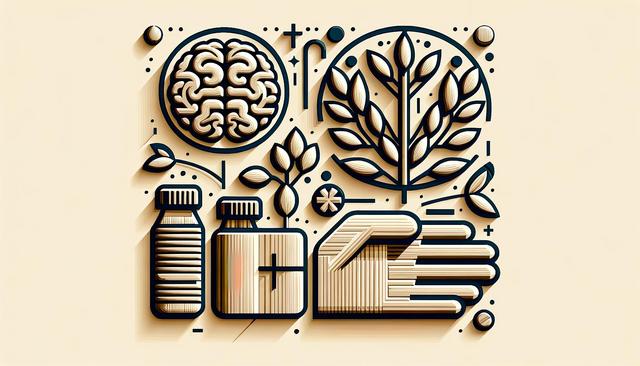Understanding Stroke and Its Impact
A stroke occurs when the blood supply to the brain is interrupted, either due to a blockage (ischemic stroke) or bleeding (hemorrhagic stroke). This disruption can lead to significant damage to brain tissues, resulting in a wide range of physical, emotional, and cognitive impairments. The severity and type of these impairments vary depending on the area of the brain affected and the duration of the stroke. Common issues include difficulty speaking, mobility challenges, memory loss, and emotional instability. Early intervention and a tailored rehabilitation plan are essential for maximizing recovery potential. Therapies are often introduced as soon as the patient is stable, typically within days after the stroke.
Physical Therapy for Motor Skills and Mobility
Physical therapy is one of the most common and critical rehabilitation methods for stroke patients. It aims to improve strength, coordination, and balance, helping the patient relearn basic movements and regain independence. Therapists design personalized exercise programs that may include:
- Stretching and strengthening exercises
- Balance and coordination drills
- Mobility training with assistive devices
- Task-specific practice such as walking or reaching
These activities are structured to gradually challenge the patient’s physical capabilities and encourage neuroplasticity—the brain’s ability to reorganize itself by forming new neural connections. Regular physical therapy not only improves mobility but also reduces the risk of complications like joint contractures and pressure sores.
Occupational Therapy for Daily Living Skills
Occupational therapy focuses on helping stroke survivors perform everyday tasks that are essential for independent living. These tasks include dressing, bathing, cooking, and managing household responsibilities. This form of therapy often involves:
- Training in the use of adaptive equipment
- Strategies to compensate for lost skills
- Improving fine motor skills and hand-eye coordination
- Home assessments to enhance safety and accessibility
Occupational therapists work closely with patients to set achievable goals and create practical solutions tailored to their individual needs. This therapy not only supports functional independence but also boosts self-esteem and encourages active participation in community life.
Speech and Language Therapy for Communication and Swallowing
Many stroke patients experience challenges with communication or swallowing due to damage in the areas of the brain responsible for these functions. Speech and language therapy is designed to address these issues through targeted interventions. This therapy may involve:
- Exercises to improve speech clarity and articulation
- Language practice for understanding and expressing words
- Cognitive exercises for memory and problem-solving
- Swallowing therapy to reduce the risk of aspiration
Therapists assess each patient’s specific deficits and develop individualized programs. In some cases, alternative communication methods such as picture boards or digital devices are introduced to support effective interaction. Ongoing therapy helps patients regain confidence and improve social engagement.
Emotional and Psychological Support
Stroke recovery is not only physical but also emotional. Patients often experience feelings of depression, anxiety, frustration, or grief as they cope with changes in their abilities and lifestyle. Psychological support plays a vital role in addressing these emotional challenges. This may include:
- Individual or group counseling sessions
- Cognitive-behavioral therapy (CBT)
- Support groups for stroke survivors and families
- Medication management for mood disorders
Involving mental health professionals in the rehabilitation process ensures a holistic approach to recovery. Addressing emotional well-being can significantly enhance motivation, participation in therapy, and overall progress.
Innovative and Complementary Therapies
In addition to conventional rehabilitation methods, various innovative and complementary therapies are being explored to support stroke recovery. These include:
- Robotic-assisted therapy for precise movement training
- Virtual reality exercises to engage and stimulate the brain
- Music and art therapy to enhance emotional and cognitive function
- Acupuncture and massage to relieve pain and promote relaxation
While some of these therapies are still under research, many patients report positive outcomes when they are integrated into a comprehensive treatment plan. It’s important that any complementary therapy be supervised by qualified professionals to ensure safety and coordination with existing medical care.
Conclusion
Stroke rehabilitation is a multifaceted journey that requires patience, persistence, and the right combination of therapies tailored to each individual’s needs. Physical, occupational, and speech therapies form the foundation of recovery, while emotional support and innovative methods can further enhance outcomes. Engaging a multidisciplinary team and involving family members in the process can make a significant difference in restoring function and improving quality of life for stroke survivors. With the right support and resources, many individuals can achieve meaningful progress and regain a sense of independence.


